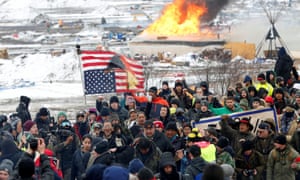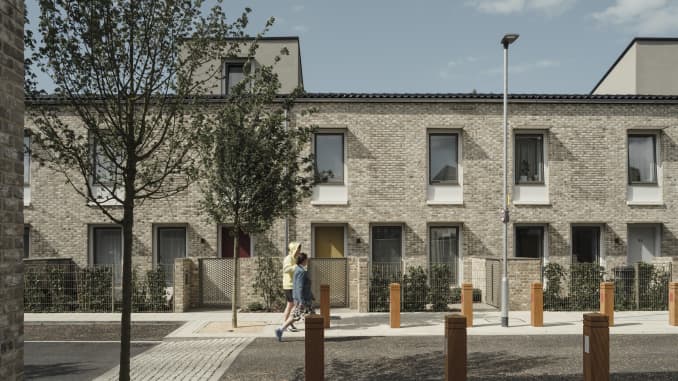So who are you going to believe? A research vessel attached to Arctic ice or a weasel attached to the Presidency with Leech like suckers. ie. Trump – it’s a hoax or Science – it’s COMING! Me I trust science. Not Russian science either.
Scientists Made an Alarmingly Easy Trip to the North Pole
At Earther, we’ve been following the historic extent of ice melt in the Arctic this summer pretty closely. But not as closely as Gunnar Spreen and his research team, who are literally following the ice.
“We’re attached to an ice floe now,” he said on the phone from a research vessel called the Polarstern, which is currently at the latitude 88 degrees north, just under 150 miles (230 kilometers) from the North Pole. “We’re drifting with the ice. Wherever it goes, we go.”
Spreen, a sea ice and remote sensing scientist at the University of Bremen, is taking part in a research expedition known as the Multidisciplinary drifting Observatory for the Study of Arctic Climate, or MOSAiC. It’s the largest Arctic research campaign in history, with some 500 scientists and staffers rotating on and off of the research vessel for months at a time.
The current cohort boarded the Polarstern on August 12, and in just a week’s time, they made it to the North Pole. To get there, they took an unexpected route, north of Greenland.
:}
Go there and read. More next week.
:}




